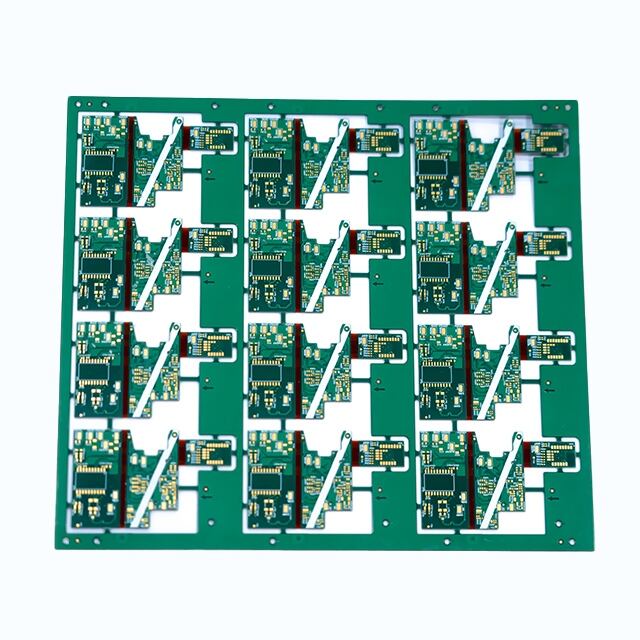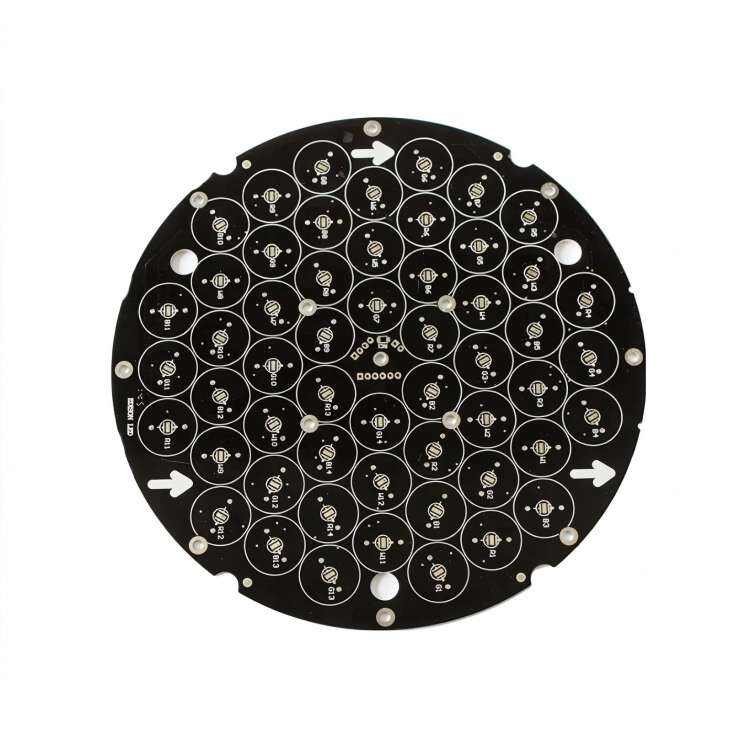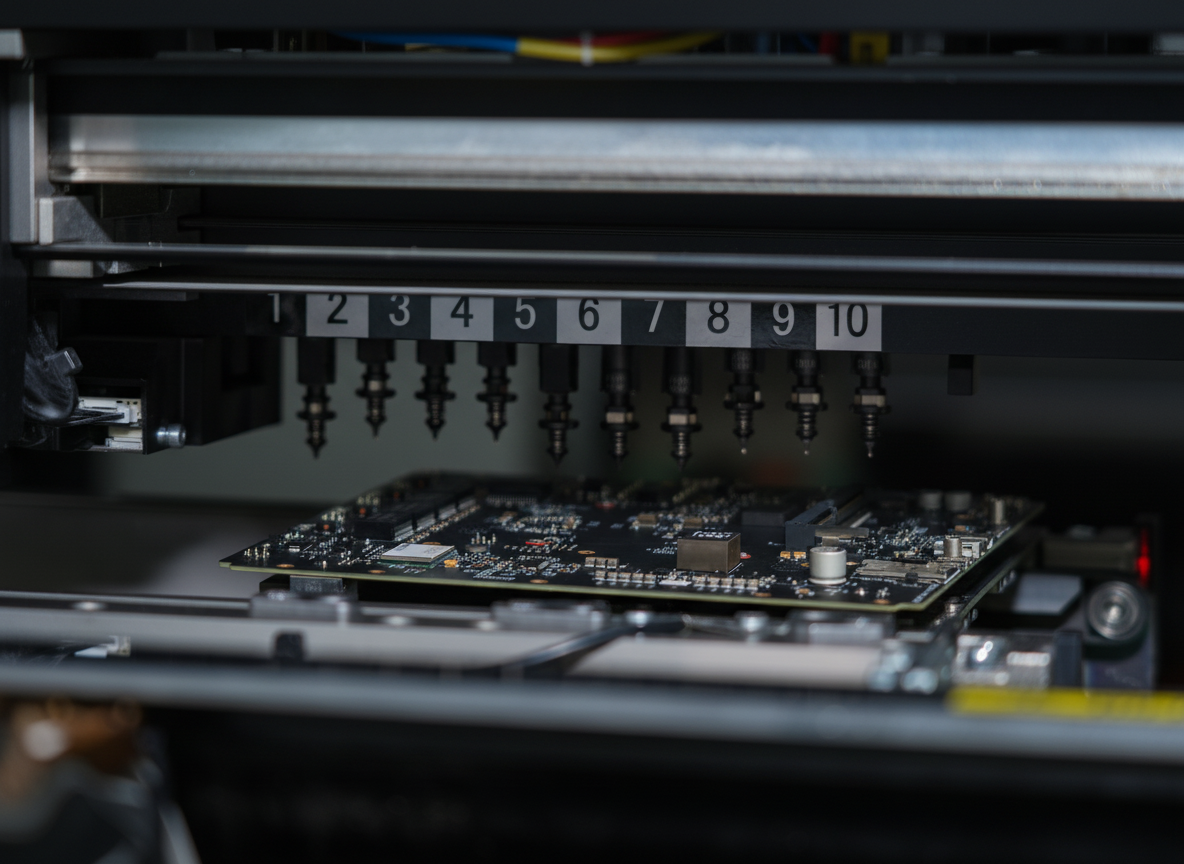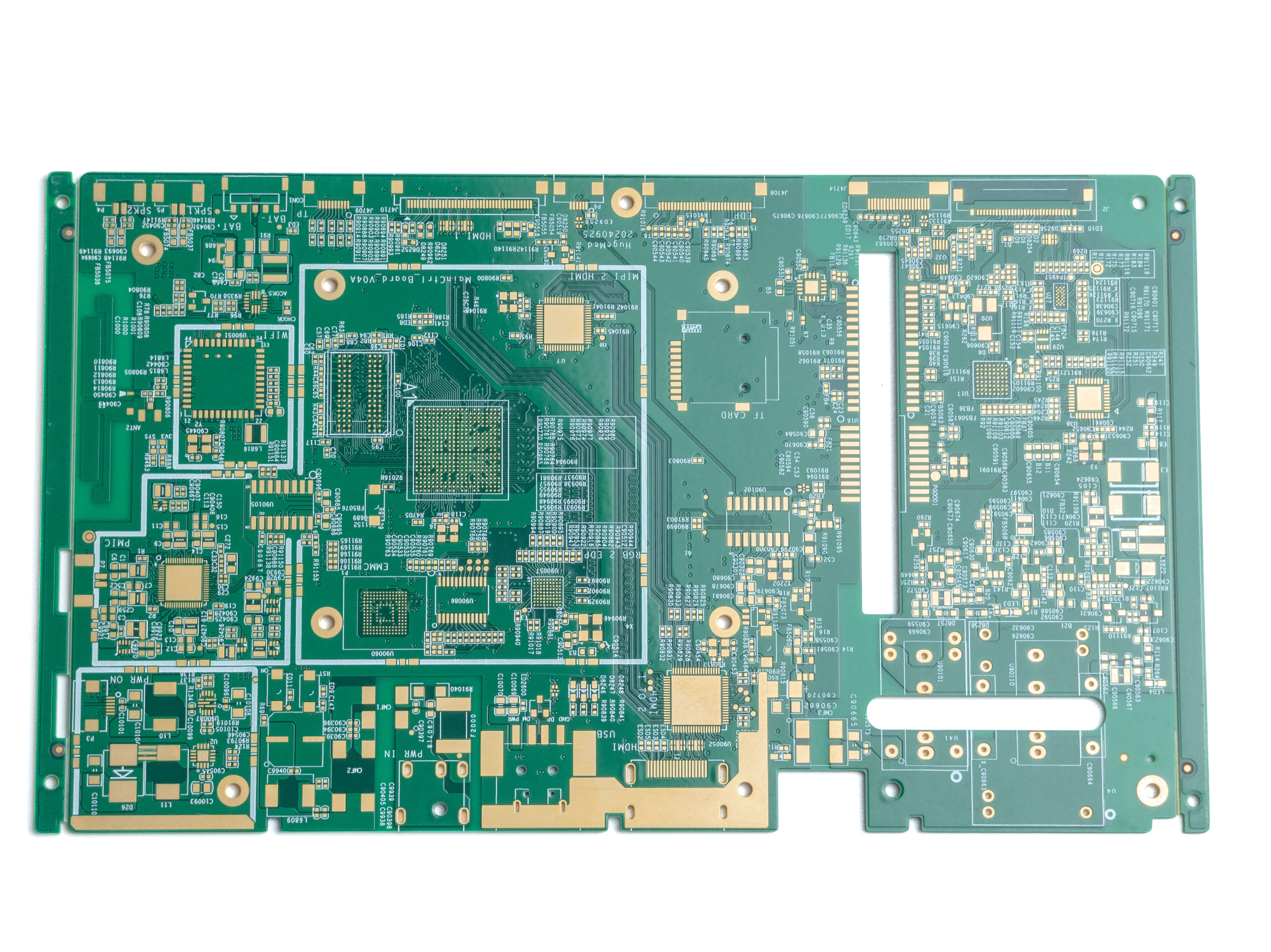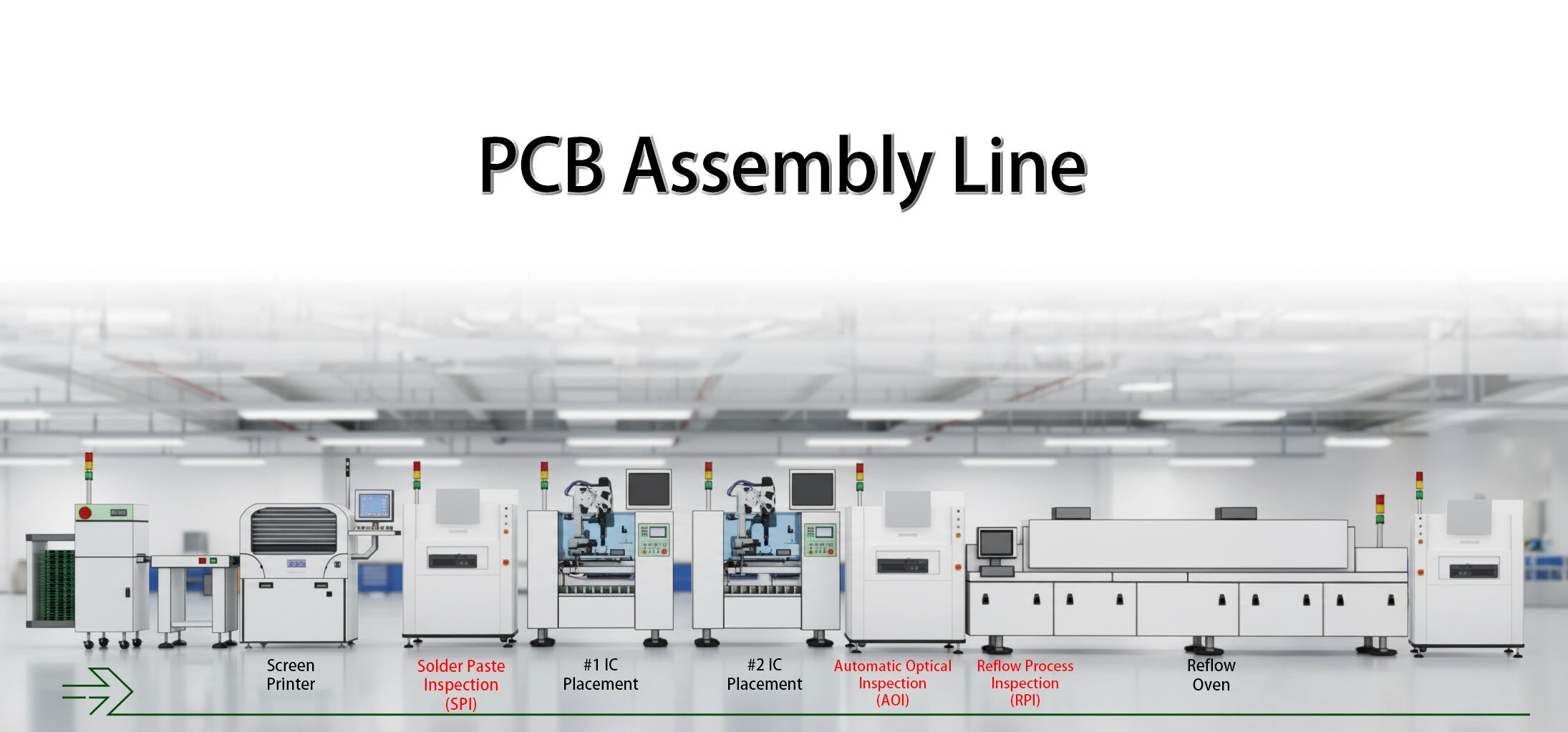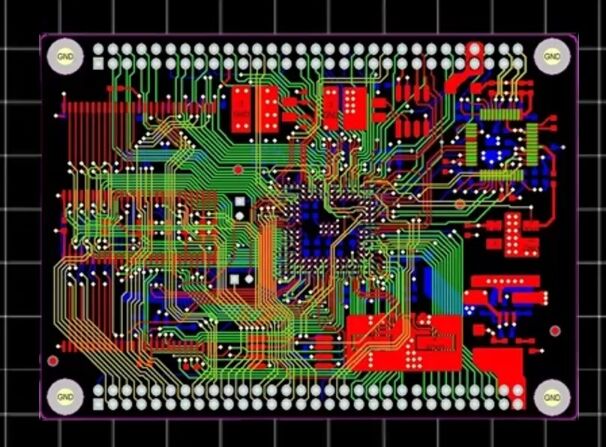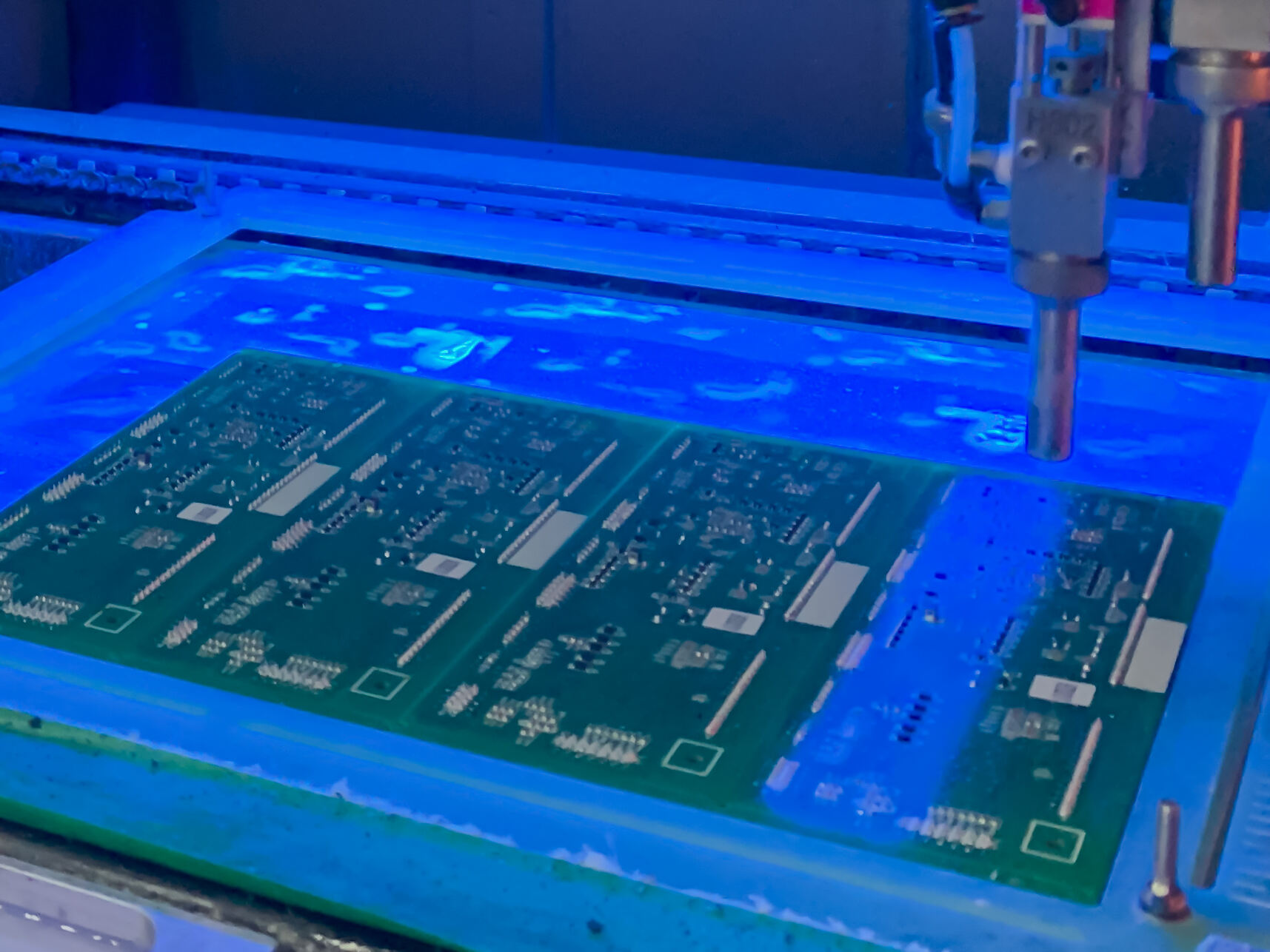what are the types of pcb
PCB types encompass various categories designed to meet different electronic applications and requirements. The main types include single-sided PCBs, featuring conductive material on one side, ideal for simple electronics. Double-sided PCBs contain conductive layers on both sides, connected through plated holes called vias. Multilayer PCBs incorporate multiple conducting layers separated by insulating materials, essential for complex electronic devices. Rigid PCBs, made from solid substrate materials like FR4, provide stability and durability. Flex PCBs utilize flexible base materials, allowing them to bend and fold for space-constrained applications. Rigid-flex PCBs combine both rigid and flexible sections in a single board. High-frequency PCBs are specifically designed for applications requiring minimal signal loss at high frequencies. Metal core PCBs feature a metal base for enhanced heat dissipation. Each type serves specific functions, from simple consumer electronics to sophisticated aerospace applications, with technological features varying in complexity, layer count, material composition, and manufacturing processes.

